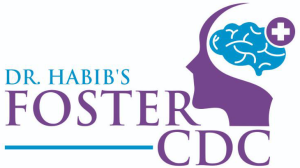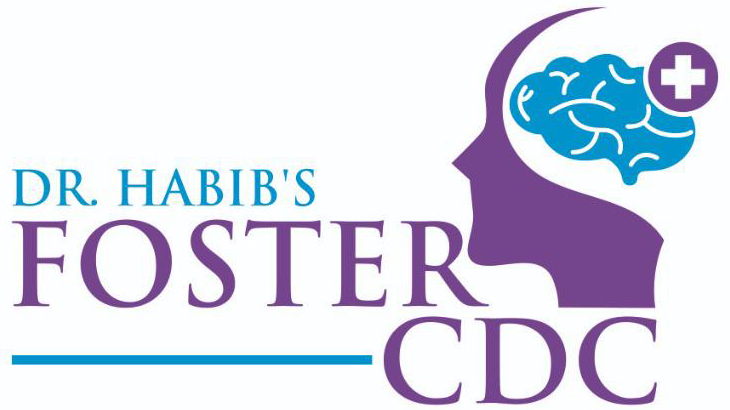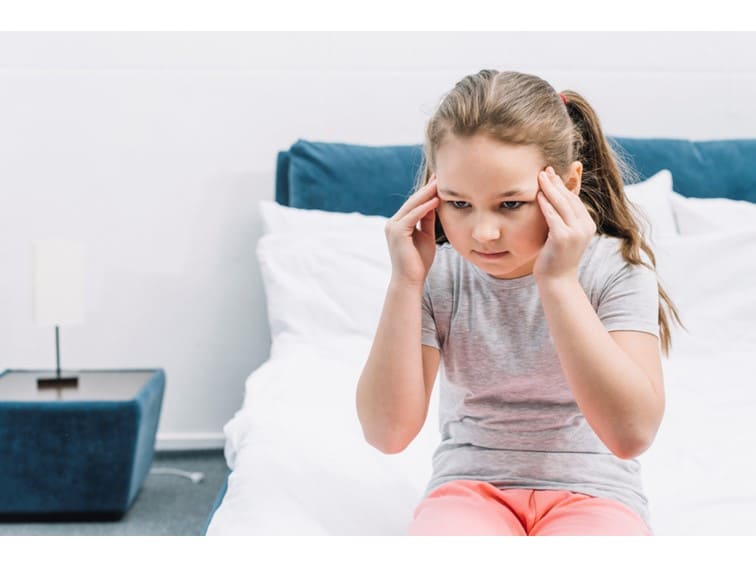Headaches in children: There is no certain cause of headaches. Headaches in children are very common and aren’t usually serious. Just like adults even children can develop various types of headaches which may include migraine, cluster headaches, or stress-related (tension) headaches.
In a few cases, headaches in children are caused by an infection, anxiety, high levels of stress, or minor head trauma. Tension headaches are the most common type of headache in children. It is crucial to pay attention to your child’s headache symptoms and visit a doctor if the headache worsens.
Symptoms – Some of the most common symptoms of headache in children include:
- nausea
- vomiting
- abdominal pain
- extreme sensitivity to light and sound
- pulsating pain
- Throbbing head pain
Primary Headaches
This type of headache is caused by tight muscles, dilated blood vessels, alterations in communication between parts of the nervous system, or inflammation of the structures in the brain. The following types of primary headaches are common:
Migraine – it may start in early childhood. Nearly, 20 percent of teens experience migraine. Migraine is often associated with a strong family history. A few females may have migraine that correlates with their menstrual periods. Every child may experience different symptoms. The following are the most common symptoms of migraine:
- Sensitivity to light or sound
- Sweating
- The child may become quiet or pale
A few children may experience an aura before a migraine attack – such as a sense of flashing lights, changes in vision, and sensations of funny smells.
Migraine headaches treatment involves medication that includes abortive migraine medications over counter medications, prescription NSAIDs, triptans, and others.
Tension headaches
Stress and mental or emotional disputes are often the major factors in triggering pain related to tension headaches. Every child may experience different symptoms. The following are the symptoms of tension headaches:
- The slow and steady onset of the headache
- Mild to moderate, but not very severe pain
- Changes in sleeping habits
- Children with tension headaches do not experience nausea, vomiting, or sensitivity.
Cluster headaches
This type of headache is seen in children who are older than 10 years of age and are more common in adolescent males as well
Cluster headaches may last for a few weeks to months. These types of headaches may also return every year or two. Every child experience different type of symptoms. The following are the common symptoms of cluster headaches –
- Severe pain in one side of the head
- Runny nose
- Congestion
- Eyes are affected and the affected eye may have a droopy eyelid, small pupil, or redness.
Secondary Headaches
This type of headache is usually caused due to problems in the structure of the brain due to some other health condition or disease. Secondary headaches are the least common type of headache. For instance, brain infections (meningitis), internal bleeding, and brain tumors can cause secondary headaches, but these problems are rare. However, anxiety, depression, and sleep deprivation are the other causes of secondary headaches.
How are headaches diagnosed?
A pediatric neurologist will diagnose headaches based on the medical history, symptoms, and physical and neurological examination. Most children do not need any special diagnosis but sometimes, doctors suggest a CT scan or MRI to look for the cause of the headache. Other diagnostic tests may include –
Blood tests – These may include a complete blood count, levels of some chemicals in the blood, and thyroid function tests.
Polysomnogram – it is usually done if there is a sleep disorder such as sleep apnea. This test is painless and involves the recording of breathing and muscle movement.
Headaches Treatment
Treatment depends on the type, nature, and severity of the headache and any other associated symptoms – such as nausea, vomiting, fever, aura, and so on. Depending on the type and cause, the child neurologist may prescribe medications and suggest dietary changes, exercise, relaxation techniques, behavioral therapy, and biofeedback training.
When to See a Pediatric Neurologist?
Parents don’t worry much about their child’s headaches as they think headaches are not very serious. However, you must pay attention and take prompt action if your child’s headaches are persistent. And also, when your child’s headaches become more frequent or worsen; wake him or her up from sleep and change your child’s personality, you must see a pediatric neurologist. If your child develops headaches following injury or fever with neck pain and stiffness, seek emergency medical care.



